Home >
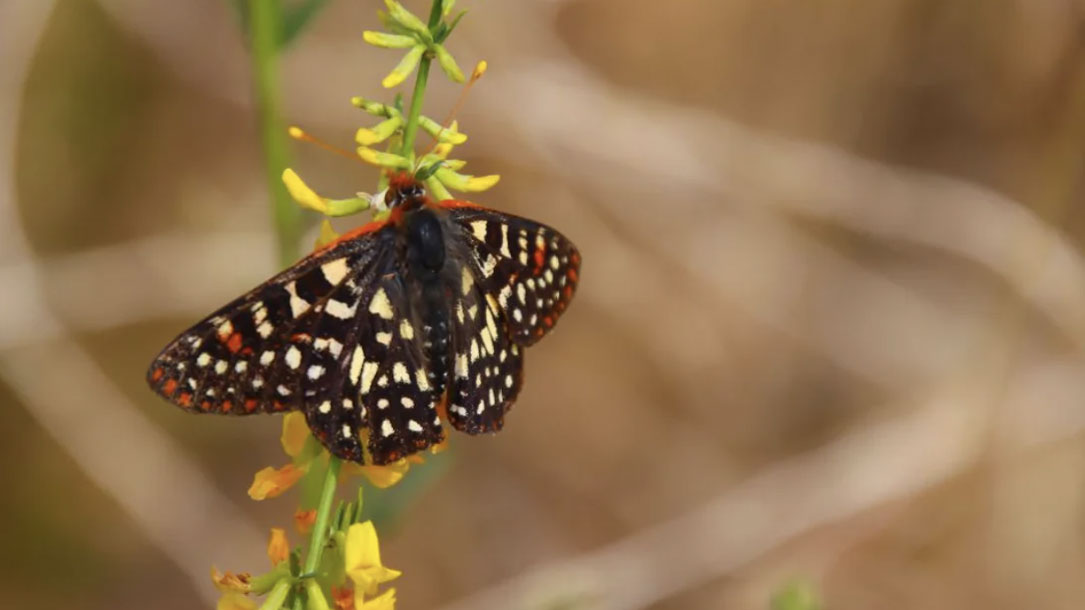
Western butterflies disappearing due to warmer fall seasons
Butterflies across the U.S. West are disappearing, and now researchers say the climate crisis is largely to blame.
A new study published in Science looked at three different data sets that cover the last 40 years of butterfly populations across more than 70 locations in the Western U.S…”That so many of our butterflies are declining is very alarming,” Dr. Tara Cornelisse, an entomologist and senior scientist at the Center for Biological Diversity (CBD), said in response to the findings. “These declines are a wake-up call that we need to dramatically reduce greenhouse gases to save these beautiful and beloved butterflies, as well as our very way of life…

A new vision for farming: chickens, sheep, and…solar panels
Agrivoltaics doesn’t just include chickens. Other livestock can also roam around solar panels, and some researchers are experimenting with planting crops, too.
Animals that graze around solar fields offer several benefits, proponents of agrivoltaics say. Not only does their manure enrich the soil, their munching keeps plants from growing too tall and shading the panels. Another win: they lower vegetation maintenance costs, reducing the need for lawn mowers or landscapers…
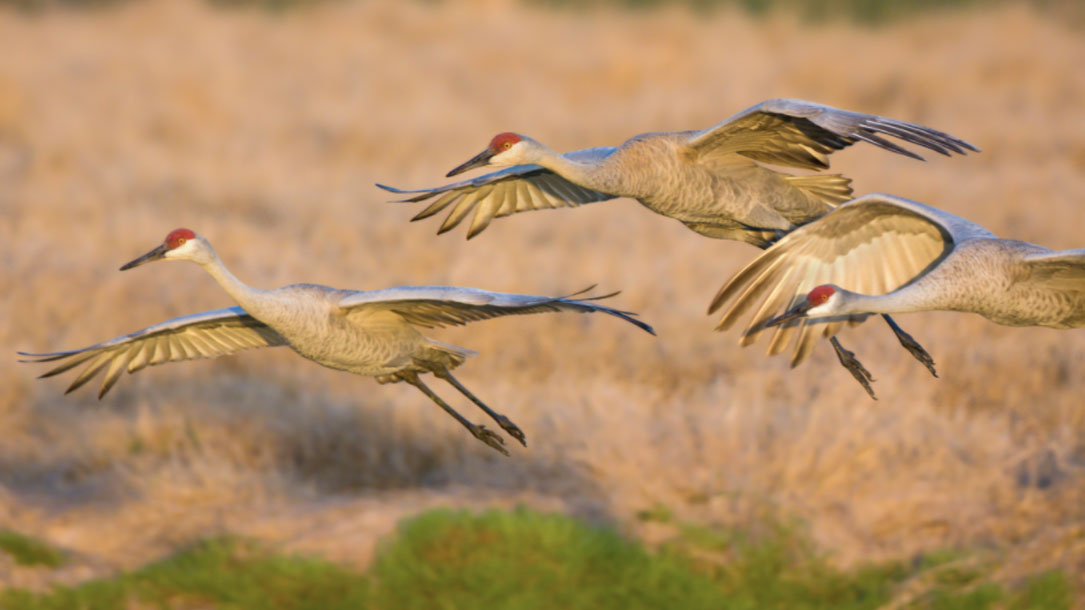
Sandhill cranes, a conservation success story, now face climate change threat
“Birds are being pushed and tested by climate change,” [Nathaniel Miller, director of conservation for Audubon Great Lakes] said. “The climatic range of these birds developed over millennia. It’s all about timing. They’re usually in the right places at the right time. In spring, they’re where insects are hatching. In fall, they’re where they can find nuts and berries.
General warming trends, as well as extreme events like flooding, drought, and intense heat, throw this delicate balance and timing off kilter,” Miller said…
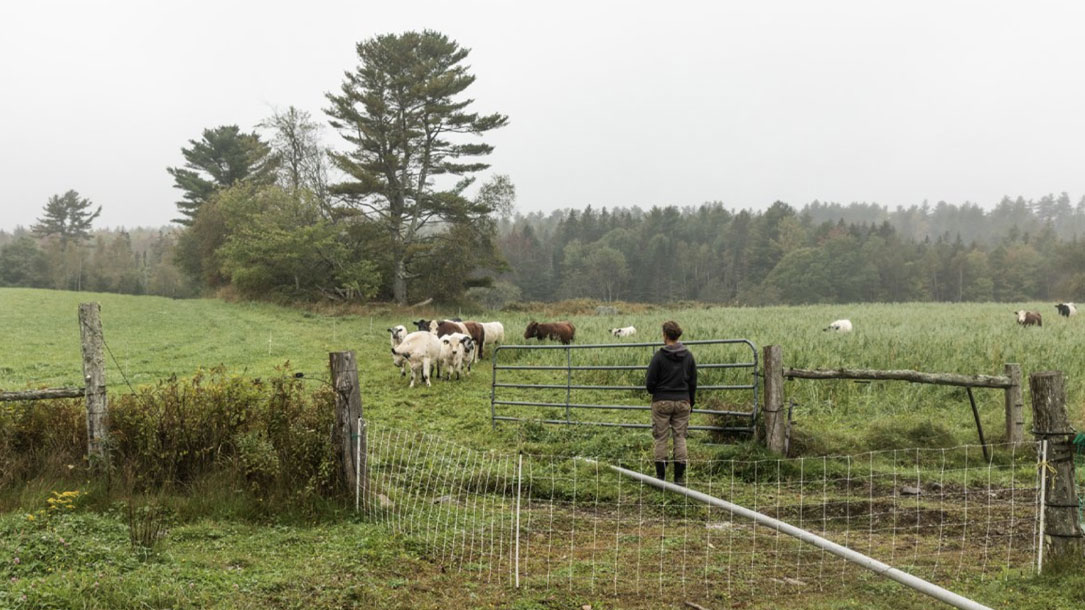
Maine farmers struggle with new, harsher climate reality
Tom Drew thought he’d seen it all. A dairy farmer of 30 years in Woodland, Maine, Drew has weathered an awful lot of change. On an overcast, chilly day last fall, he rested in his milking parlor.
As he leaned his large frame on the metal table, he recounted the history of the farm, his family’s attachment to the old jack pines out front. Like many small and medium-scale dairy farmers, remaining profitable is a challenge for Drew, and every day feels uncertain…
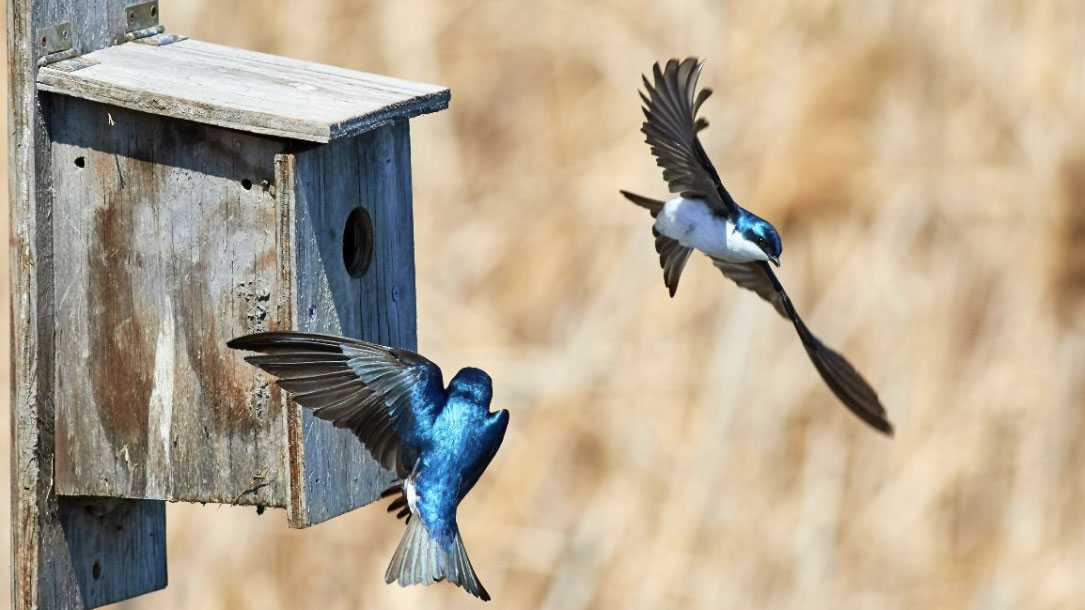
Climate change cues tree swallows to nest earlier in spring
Hatchlings cannot regulate their body temperature, so they are vulnerable to hypothermia. And the insects they eat stop flying in cold weather, potentially leaving the chicks to starve.
“These chicks are growing very, very fast,” Twining says. “They have very high energy demands, so…if they don’t get a lot of that good high-quality food during this pretty specific time…that’s when these cold weather events seem to be most devastating.”
For example, data from Ithaca, New York, shows that a single cold snap in 2016 killed more than 70% of baby tree swallows…

Biden’s historic action on 30×30
After a drumbeat of headlines in recent years detailing nature’s decline, there’s very good news from the Biden administration, with the president pledging to put America on the path of protecting at least 30 percent of its land and 30 percent of its ocean areas by 2030 (30×30). This action is necessary to reverse nature’s decline, fight climate change, and secure the natural life support systems we depend on for clean air and water, food, and quality of life. And, if done right, fulfilling a 30×30 goal offers benefits beyond safeguarding and strengthening the natural foundations of our society. It should create more equitable access to nature, bring communities together to conserve our shared natural heritage, honor tribal sovereignty and self-determination, and strengthen our economy.

Reflections from Judy, March 2021
There’s some very encouraging climate change action these days. More and more, I’m seeing an integrated approach to how climate change can, and needs to be, addressed.
The same goes for the urgency.
The 30 x 30 initiative is (not surprisingly) strongly supported by land trusts and conservation organizations. Protecting land is what they/we do. The timing is important as there is increasing evidence that many of the lands and waters we are collectively working to conserve are near, or already at, a tipping point.
This will mean different land management practices that prioritize slowing down climate change as well as bolstering climate resilience. It will also mean conservation-oriented folks supporting community resilience and engagement, reducing the need for energy (energy conservation), and identifying how renewable energy is compatible with land and water. It’s not one or the other; it’s going to take an integrated approach that will entail conservation organizations stretching their perspectives to help pick up the pace and expand their partnerships.
Yet that won’t happen without you. Conservation organizations need to feel supported as they venture into new partnerships, try out new ideas, and tackle new approaches for both slowing down climate change and adapting to changing circumstances. Let them (or organizations you belong to) know you care and that you support an integrated approach. Help to lead.
When you share the challenges and solutions around climate change in a manner that connects with people’s shared values and with their communities you too are part of that change. That’s part of why I include the variety of articles below. Feel free to share them with people and organizations you know. Help them connect the dots. Frame the ideas as part of a solution-based approach.
As people who care, we need to continue to face the reality of climate change—and encourage solutions that will authentically reduce the use of fossil fuels and build healthy, and vibrant, communities.
Best,

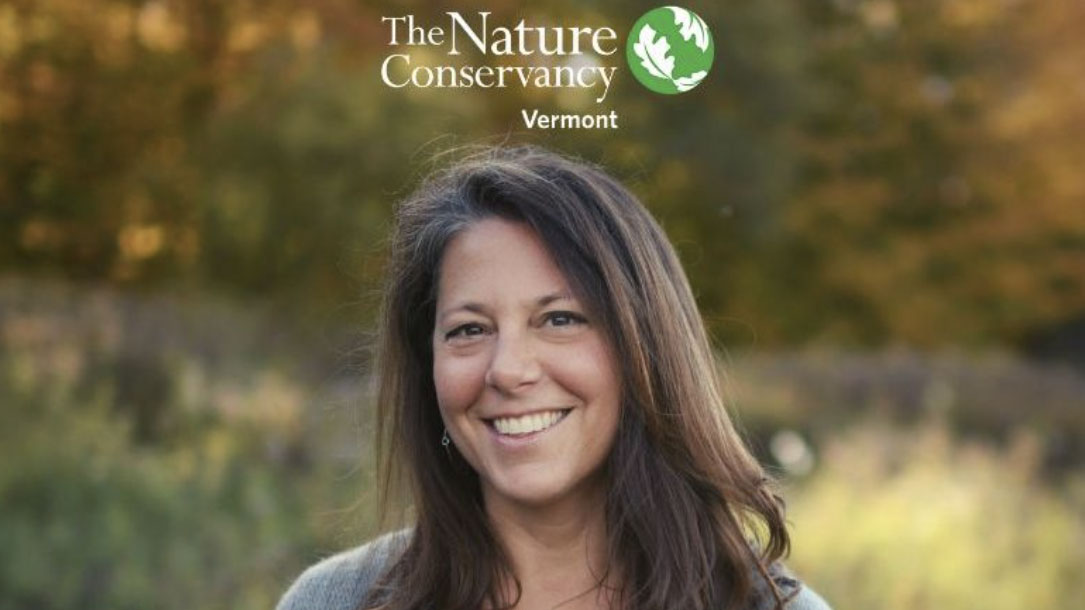
Weekly Planet: Nature is heart of our recovery
If you’ve had a long relationship with nature, you may wonder “am I seeing fewer fireflies, butterflies, and birds than when I was a kid?” Sadly, the answer is “yes.” Since 1970, butterfly populations have plummeted 35%, amphibian populations have declined by 30% and bird populations have decreased by 29% equating to three billion fewer birds since the year I was born. While these facts are sobering, the good news is that conservation action has solutions. As wildlife populations have been spiraling downward, wetland bird populations have been increasing.
Why? Because tens of millions of dollars have been invested in the protection and restoration of our nation’s wetlands, the same wetlands that help filter and clean our waters, store carbon, and absorb floodwaters—by and large, making our communities healthier and safer…
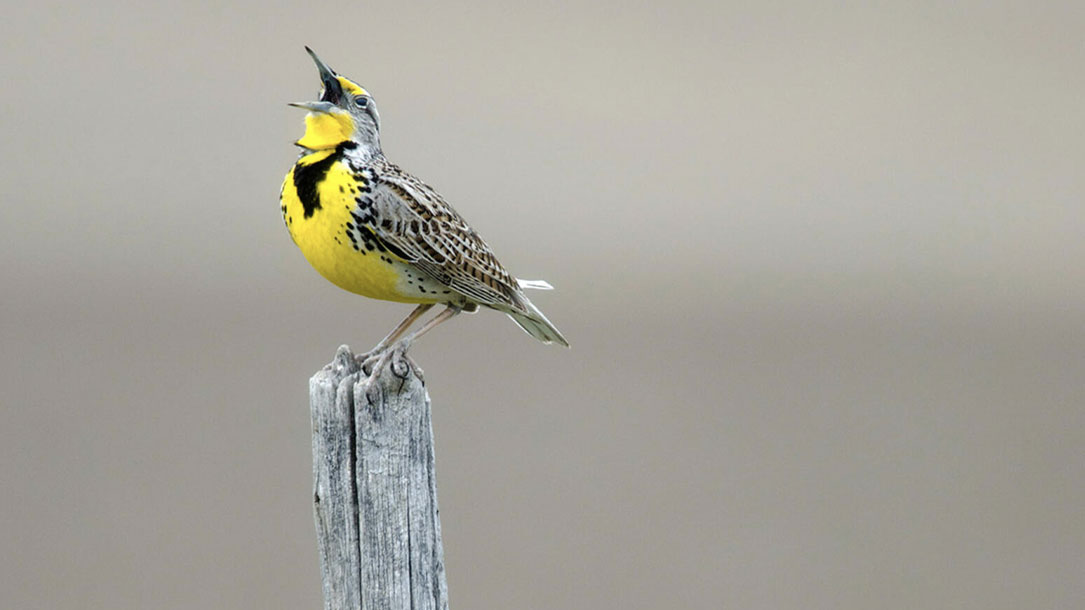
Innovative bill would promote regenerative ranching in California
The program would encourage regenerative agricultural practices similar to those promoted by Audubon’s Conservation Ranching initiative (ACR). The program partners with ranchers to adopt techniques including rotation of pastureland and limited use of feeds other than grass itself. The practices allow a variety of native grasses, with their extensive root systems (a potent carbon sink), to grow and thrive by allowing grasslands to rest and recover.
That, in turn, provides habitat for imperiled grassland birds, whose numbers have declined by 50 percent over the past 100 years. In return, ranchers participating in ACR can brand their meat with Audubon’s “Grazed on bird-friendly land” seal, earning up to $2 per pound more for their premium, grass-fed products…
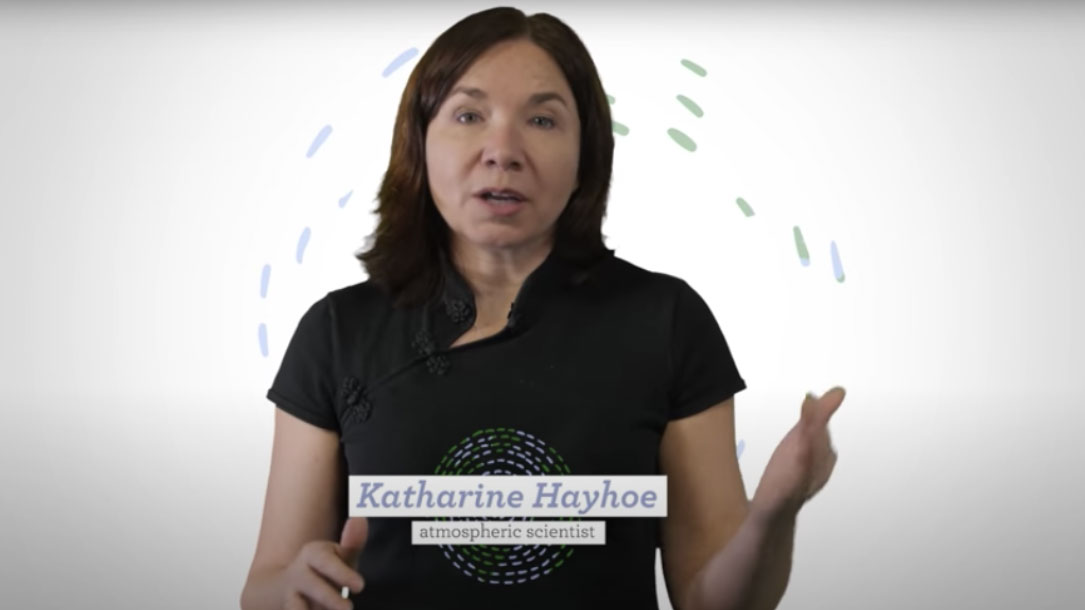
What’s the big deal with a few degrees?
Are you looking for trusted, interesting, and accessible videos to share about climate change? Timely, thoughtful, and non-technical information is critical.
I recommend Katharine Hayhoe’s Global Weirding videos. Katharine is one of the world’s most respected climate scientists. She lives in Texas and has a strong connection with the evangelical community. Why do I mention that? Because in the U.S., the evangelical community can be anti-climate change. She does a terrific job of explaining climate change and its impacts.
In this one, “What’s the Big Deal with a Few Degrees,” you could post and then add some “pre-text,” connecting the dots to a climate solution.












